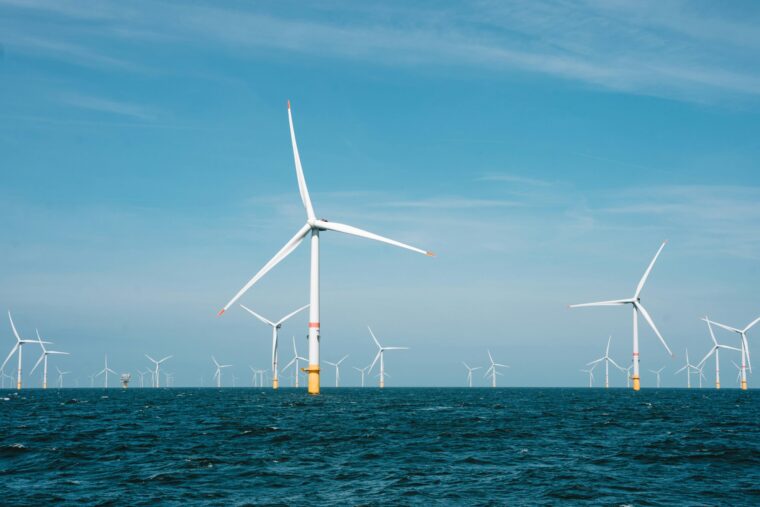
The Department of the Interior announced Monday that it will hold a sale for offshore wind energy leases Oct. 29 in eight Gulf of Maine regions near Massachusetts, New Hampshire and Maine that could produce about 13 gigawatts of clean energy, enough to power more than 4.5 million homes.
This announcement follows the approval of more than 15 gigawatts of offshore wind energy since 2021, half of the administration’s goal of reaching 30 gigawatts by 2030. Interior has conducted five offshore wind lease sales, including a record-setting sale near New York, as well as sales off the Pacific, Central Atlantic and Gulf of Mexico coasts. Earlier this year, Interior revealed a plan for potential additional lease sales extending through 2028.
This announcement is based on the most reliable scientific data, including the National Centers for Coastal Ocean Science’s ecosystem-based spatial suitability model. It also comes after more than two years of in-depth discussions with tribes, fishing communities and regional stakeholders. Feedback from these discussions, along with public comments, played a key role in deciding the eight lease areas’ final location, size and shape.
RELATED: Oregon’s first offshore wind lease auction happening in October
The Final Sale Notice (FSN) areas outlined are about 120,000 acres smaller than what the Bureau of Ocean Energy Management (BOEM) initially included in its Proposed Sale Notice earlier this year. BOEM focused on avoiding offshore fishing areas, sensitive habitats, and current and future shipping routes, while still keeping enough space to meet the region’s offshore wind energy targets.
The FSN for the Gulf of Maine auction provides details on the auction process, lease terms and conditions, the lease agreement, bidding credits and criteria for evaluating bids, as well as procedures for awarding and appealing leases. It includes several requirements designed to build a strong U.S. supply chain for floating wind energy, create well-paying union jobs, support flexible transmission planning, reduce habitat impacts and gather data on protected marine mammals.
Obtaining a lease from this sale does not grant permission to build or operate an offshore wind facility. Instead, the lease allows the holder to submit project-specific plans that will undergo environmental, technical and public reviews before a decision is made on whether to approve them.
More information and a map of the lease areas are available on the BOEM website.
Photo by Jesse De Meulenaere on Unsplash
The post Gulf of Maine offshore wind lease scheduled for October appeared first on Government Market News.
